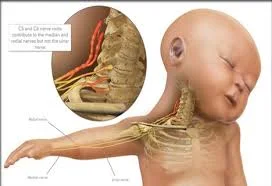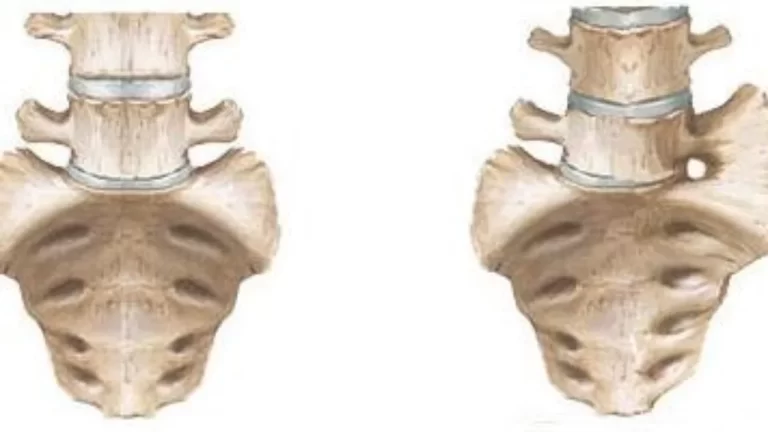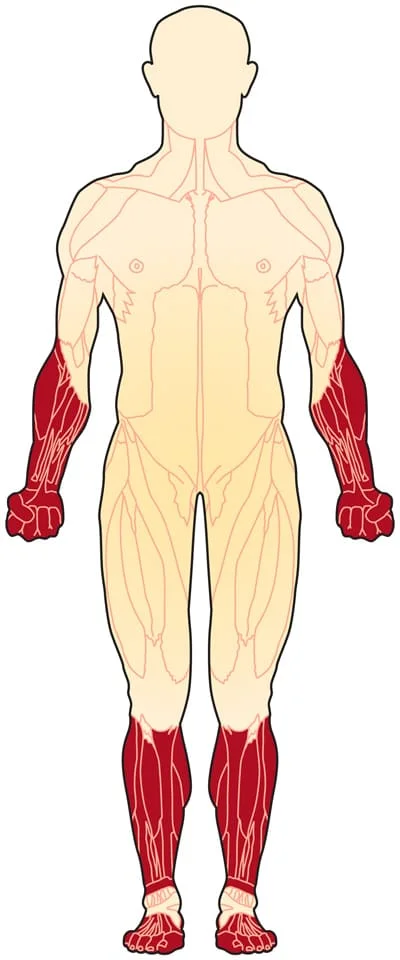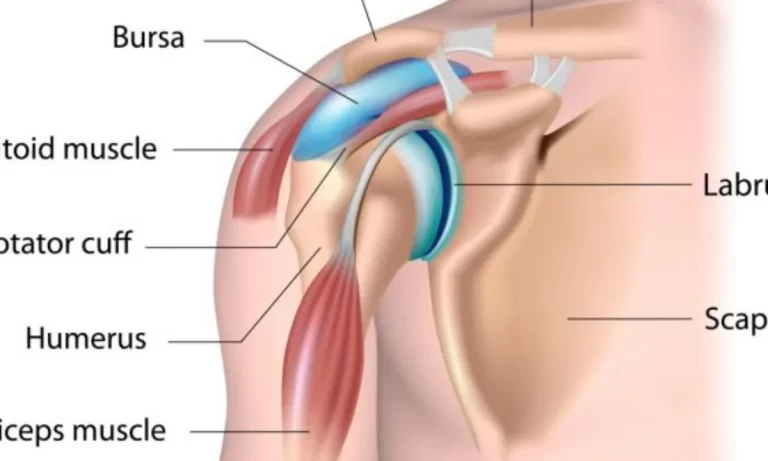Shoulder Dystocia
Table of Contents
Introduction
Shoulder dystocia is defined as a mechanical problem that occurs during vaginal delivery and is characterized by one of the following parameters.
Suppose gentle downward traction fails to deliver the foetal shoulders. In that case, additional delivery manoeuvres may be necessary for a successful delivery, a documented head-to-body interval of more than one minute.
This condition occurs when the baby’s anterior shoulder becomes trapped above the mother’s pubic bone following vaginal delivery of the head. The “turtle sign” is when the baby’s head retracts back into the vagina. Baby complications may include brachial plexus injury or clavicle fracture. Problems in the mother can involve vaginal and perineal tears, postpartum bleeding, and uterine rupture.
This is considered an obstetric emergency. Initial efforts to release a shoulder typically involve a woman lying on her back, pushing her legs outward and upward while pressing on her abdomen above the pubic bone. If these don’t work, the woman could manually rotate the baby’s shoulders or get on all fours herself. Shoulder dystocia occurs in about 0.4% to 1.4% of vaginal births. Shoulder dystocia rarely causes death.
Causes of shoulder dystocia
It is impossible to predict if shoulder dystocia will occur. However, certain factors increase the likelihood. This includes if you:
- have had shoulder dystocia during a previous labour
- Have you had your labour-induced
- Foetal macrosomia: Your baby weighs more than 8 pounds, 13 ounces.
- Your pelvic opening is too narrow.
- You are in a position that restricts the space in your pelvis.
- Have had other interventions during labour.
- Have diabetes.
Shoulder dystocia can also occur if your labour progresses slowly.
Pathophysiology
During normal labour, the foetal head emerges from the pelvic outlet. This is followed by the restitution of the foetal head, which now lies in a neutral position relative to its spine. This means the foetal shoulders are now in an anterior-posterior position.
Shoulder dystocia occurs when the anterior foetal shoulder impinges behind the maternal pubic symphysis, or when the posterior shoulder impinges on the sacral promontory. A delay in the delivery of the foetal shoulders causes hypoxia in the foetus in proportion to the time it takes to complete delivery.
Traction on the foetal head can cause foetal brachial plexus injury, which is a major cause of obstetric litigation.
Symptoms of shoulder dystocia
A doctor will recognize shoulder dystocia when they see part of your baby’s head emerge from the birth canal but the rest of the body is unable to deliver. Doctors referred to shoulder dystocia indicators as “the turtle sign.”
This indicates that the foetal head will emerge from the body before returning to the birth canal. This is analogous to a turtle sticking its head out of its shell and then retracting it.
Diagnosis
Your doctor of obstetrics may identify shoulder dystocia if three factors are followed:
- You delivered your baby’s head but were unable to push his shoulders out.
- Your baby’s head has emerged for at least one minute, but its body has yet to appear.
- Your baby requires medical attention to be delivered successfully.
Complications of Shoulder Dystocia
Shoulder dystocia can pose risks for both you and your baby. Most mothers and babies with shoulder dystocia do not have any serious or long-term complications. Complications, while rare, may occur. This includes:
- The mother experiences excessive bleeding.
- Trauma to children’s shoulders, arms, or hands
- Loss of oxygen to the baby’s brain, which can lead to brain damage.
- Tear of a mother’s tissues, such as the cervix, rectum, uterus, or vagina.
The majority of these complications can be treated and minimized by your doctor to avoid long-term problems. Less than 10% of babies who sustain injuries from shoulder dystocia develop permanent complications.
If your baby has shoulder dystocia while you are giving birth, you may be at risk of developing the condition if you become pregnant again. Before delivery, discuss your risks with your doctor.
Treatment of shoulder dystocia
Doctors use the mnemonic “HELPERR” to treat shoulder dystocia:
- “H” stands for “Help.” Your doctor should request additional assistance, such as from nurses or other medical professionals.
- “E” stands for “evaluate for episiotomy.” An episiotomy is a perineal incision or cut made between the anus and the vaginal opening. This does not usually resolve the entire issue with shoulder dystocia because your baby still needs to fit through your pelvis.
- “L” stands for legs. Your doctor may ask you to pull your legs towards your stomach. This is also called the McRoberts manoeuvre. It helps to flatten and rotate your pelvis, which may allow your baby to pass more easily.
- “P” represents suprapubic pressure. Your doctor will apply pressure to a specific pelvis area to encourage your baby’s shoulder to rotate.
- “E” stands for enter manoeuvres. This entails helping to rotate your baby’s shoulders so that they can pass through more easily. Another name for this is known as internal rotation.
- “R” Removing the posterior arm from the birth canal is what “R” stands for. If your doctor can free one of the baby’s arms from the birth canal, the shoulders will be able to pass through more easily.
- “R” stands for “roll the patient.” This requires you to get on your hands and knees. This movement may allow your baby to pass more easily through the birth canal.
These do not have to be completed in the exact order listed to be effective. There are also other manoeuvres that a doctor can perform on either the mother or the baby to assist with delivery. The techniques used will most likely be determined by your and your baby’s positions, as well as your doctor’s experience.
Physical therapy
- For the first few weeks, exercise caution when handling and avoid extremes of motion.
- Allow for the initial inflammatory responses to subside.
- Avoid picking up a child by the arm or from the armpit of the affected side.
- To avoid compression, place a child on their back or inside lying with the affected limb up.
- Place the affected arm in the sleeves before the unaffected one.
- During the first six months, treatment should be focused on the prevention of fixed deformities.
- Exercise therapy should be administered daily to maintain and improve muscular strength.
- Parents must be taught to actively participate in maintaining range of motion exercises.
- Exercises should involve bimanual or bilateral movement.
This condition is a rare condition that can have serious consequences, and physiotherapy plays an important role in managing it both during and after birth. It is best to consult a doctor to avoid any further complications.
Prevention
Shoulder dystocia can occur to anyone. Most cases occur in babies with normal birth weights and cannot be avoided. fortunately, you can lower the risk by:
- Control your blood sugar levels.
- Maintain a healthy weight during your pregnancy.
- Consult your obstetrician about inducing labour.
- If you’ve passed your due date, contact your healthcare provider.
- Consider the option of a C-section with a doctor who is an obstetrician.
- Consider avoiding labour medicines such as epidurals.
Prognosis
According to research, by three months of age, half of all babies born with shoulder dystocia are fully functional. When the age of 18 months, 82% of infants can normally.
If your child suffered a brachial plexus injury, the prognosis is generally good. Certain interventions, however, may have an impact on your child’s long-term outcome. They may struggle with fine motor skills and other functions of their affected limb. More than 90% of these injuries recover within six to twelve months. Less than 10% cause permanent injury.
If you have had a baby with shoulder dystocia, your chances of experiencing the condition again increase by 15%. If you intend to have more children, discuss this with your healthcare provider. If you underwent a C-section due to shoulder dystocia, vaginal birth after caesarean (VBAC) is not recommended.
Summary
Shoulder dystocia is a mechanical issue that occurs during vaginal delivery, resulting in the baby’s anterior shoulder becoming trapped above the mother’s pubic bone. This condition is considered an obstetric emergency and occurs in about 0.4% to 1.4% of vaginal births.
Causes include previous labour, labour-induced labour, fetal macrosomia, narrow pelvic openings, diabetes, and slow labour progress. Symptoms include the “turtle sign” where the baby’s head retracts back into the vagina. Diagnosis is based on three factors: delivery failed, baby’s head has emerged for at least one minute, and the baby requires medical attention.
Complications of shoulder dystocia can include excessive bleeding, trauma to the child’s shoulders, arms, or hands, loss of oxygen to the baby’s brain, and tear of the mother’s tissues. Most complications can be treated by a doctor to avoid long-term problems.
Treatment involves the mnemonic “HELPERR” and physical therapy, such as the McRoberts manoeuvre, suprapubic pressure, enter manoeuvres, removal of the posterior arm from the birth canal, and roll of the patient. Preventative measures include controlling blood sugar levels, maintaining a healthy weight during pregnancy, consulting an obstetrician about inducing labour and avoiding labour medicines.
FAQs
Shoulder dystocia is a condition in which one or both of your baby’s shoulders become stuck during vaginal delivery. There are no symptoms and no way to avoid the condition. Causes can include having a large baby, having a small pelvis, or being in the incorrect position.
In most cases, shoulder dystocia cannot be avoided because it cannot be predicted. If you have diabetes or develop diabetes during pregnancy, you will most likely be offered early induction of labour or a planned caesarean section. This lowers the risk of shoulder dystocia.
There are no ultrasound findings or labour patterns that are indicative of shoulder dystocia. The so-called “turtle sign” is believed to be “… suggestive, but not diagnostic, of the presence of shoulder dystocia” When initial traction attempts fail to deliver the foetal shoulders, the diagnosis is made using clinical judgment.
Maternal dystocia can be caused by uterine inertia, small pelvic size, failure of cervical dilation, or uterine torsion. The most common causes of maternal dystocia are uterine torsion and cervical dilation failure.
The doctor reaches in, grabs the wrist of the posterior arm, and pulls it through the birth canal. Once the posterior arm is brought down, the doctor can use it to rotate the anterior shoulder down and back, dislodging the baby from the pelvic bone.
References:
- Davis, D. D. (2022, September 4). Shoulder Dystocia. StatPearls – NCBI Bookshelf. https://www.ncbi.nlm.nih.gov/books/NBK470427/
- Professional, C. C. M. (n.d.). Shoulder Dystocia. Cleveland Clinic. https://my.clevelandclinic.org/health/diseases/22311-shoulder-dystocia
- Shoulder dystocia. (2023, October 31). Wikipedia. https://en.wikipedia.org/wiki/Shoulder_dystocia
- Shoulder Dystocia – McRoberts – Management – TeachMeObGyn. (2019, June 26). TeachMeObGyn. https://teachmeobgyn.com/labour/emergencies/shoulder-dystocia/
- Shoulder dystocia. (n.d.). Pregnancy Birth and Baby. https://www.pregnancybirthbaby.org.au/shoulder-dystocia
- Crna, R. N. M. (2012, March 15). Management of Shoulder Dystocia. Healthline. https://www.healthline.com/health/pregnancy/delivery-shoulder-dystocia
- Srivastava, T. (n.d.). Role Of Physiotherapy In Shoulder Dystocia; Symptoms, Causes And Treatment. Onlymyhealth. https://www.onlymyhealth.com/physiotherapy-in-shoulder-dystocia-symptoms-causes-treatment-1650898445







